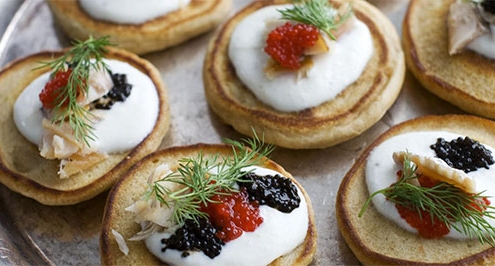
Iranian Caviar: Black Pearl of the Caspian Sea
/
0 Comments
The Caspian Sea is home to a variety of fish and aquatic creatures,…
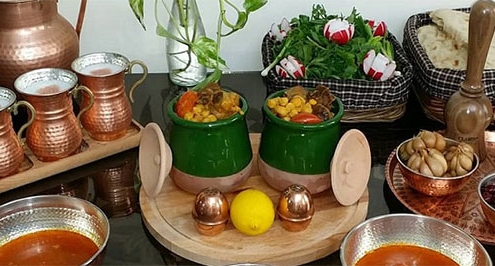
Iran foods and drinks: 5 Iranian local foods I love and miss
In every region, every country you go to – you will find some…

The Traditional Persian Cuisine of Ramadan
Only a few days are left before the start of Ramadan, the holy…

The most unusual foods in Iran you should not miss
Enjoying local food has always been the best part of any traveler's…
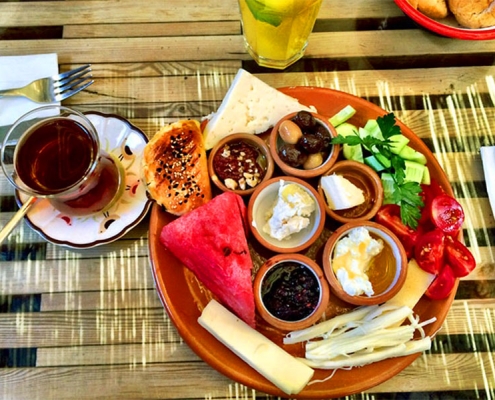
What is served on Persian breakfast?
For me, breakfast is of utmost importance – a way to turn on…
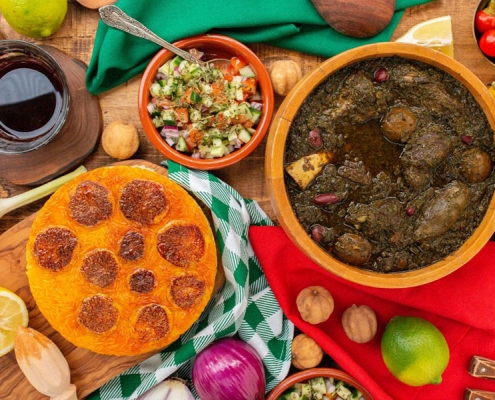
Persian food: A foodie’s experience in Iran
When you are travelling, whether you are a foodie or not, you…

Top 6 Iranian food: So Tasty But Not Too Spicy
Iran, as a large country embracing different ethnicity with different…
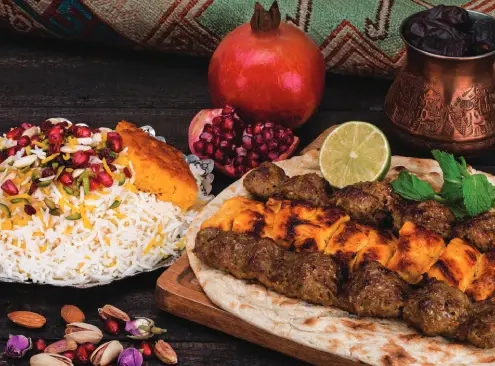
10 Famous Persian Dishes (Photos, Video, Info)
Persian cuisine is not just ancient and cosmopolitan; it is also…

Persian Drinks to Escape the Summer Heat in Iranian Style
During the hot summer days, nothing is better than cooling off…


